Growing your own food is a great way to have access to fresh and healthy produce, while also helping you save money on groceries. Homestead gardening is a form of gardening that emphasizes sustainability, self-sufficiency, and the use of natural resources in order to create an efficient garden system. Whether you’re new to homesteading or just looking for some new ideas, there are plenty of ways you can make your homestead garden more productive and enjoyable. From using companion planting techniques to harvesting rainwater for irrigation, these homestead garden ideas will help get you started on creating your own sustainable food source!
Use Old Wood Pallets As Raised Beds
If you’re short on space or have trouble with poor soil, consider using old wood pallets to create raised beds. This is an easy and inexpensive way to get started growing vegetables in your homestead garden. You can even use them to form a vertical wall of plants if you don’t have much horizontal room! Just make sure to treat the wood with a sealant to protect it from the elements and any pests.
Keep Birds And Squirrels Away From Your Fruit Trees
Fruit trees are an essential part of any homestead garden. Unfortunately, they can also attract pesky birds and squirrels who can ruin your harvest or damage the tree itself.

To keep these animals away from your fruit trees, try using bird netting or squirrel baffles to protect them. You can also use natural repellents such as cayenne pepper or chili powder to deter them from snacking on your fruit Additionally, you can install birdhouses and feeders around the garden to give birds an alternate source of food.
Grow Bigger, Bushier Herbs
Herbs are a great addition to any homestead garden. They’re easy to grow and require very little maintenance.
When planting herbs, start with a larger pot and fill it with soil mixed with compost or other organic matter. The extra nutrients will help the herbs grow bigger and bushier. Plant the herb deeper in the soil than you would normally do, as this encourages strong root growth. Water regularly to encourage healthy growth, be careful not to overwater your plants may become waterlogged and prone to root rot.
Be sure to give your herbs plenty of sunshine, the more sun exposure they have the healthier and larger they will become. You can also prune herb plants regularly to encourage bushier growth.
If you’re looking for an easy way to add flavor and beauty to your homestead garden, growing bigger, bushier herbs is a great option. [1]
Blend Up Kitchen Scraps For A Quick And Easy Fertilizer
Kitchen scraps, such as eggshells, vegetable peels and coffee grinds, can be an excellent resource for a nutrient-rich soil amendment in your homestead garden. By blending them up together and then adding the mix to your garden beds, you can provide your plants with additional minerals that they may not get from commercial fertilizers. Use a blender to blend the scraps until they are as fine as possible, and then scatter the mix around your plants’ root systems.

This will provide them with an instant boost of minerals and ensure that your garden stays healthy for years to come. You can also add this mix to compost piles or vermicompost bins to further enhance their nutrient content. [1]
A Drop Of Oil
Adding oil to your garden can provide many benefits. Not only does it make the soil easier to work with, but it also helps protect plants from pests and disease. Oil can be added in a number of ways. One is by mixing up a solution that consists of one cup of vegetable or mineral oil per gallon of water and pouring it over the soil. This will help reduce compaction and increase the water-holding capacity of the soil. Another way to add oil is by spraying it directly onto plants. This can work as a natural repellent against certain pests, such as aphids and scale insects. You can also use horticultural oil, which is specially formulated for use in the garden and is less likely to harm beneficial insects. Whatever type of oil you choose, be sure to follow directions carefully and only use it in moderation. Too much oil can cause damage to plants. Keeping pests out of your homestead garden is an important part of keeping a healthy and productive space, so keep these ideas in mind when considering how to use oil in your garden. [2]
Turn A Milk Jug Into A Watering Can
If you’re looking for an eco-friendly and easy way to water your plants, consider repurposing a milk jug into a watering can.
To create the spout, cut out two triangles from one side of the jug (make sure they’re both the same size). Then, cut out a small oval from one of the triangles and use that as the handle. Once your container is ready, fill it up with water, and make sure to seal the lid shut tight. Now you have a functional watering can for all your gardening needs! Plus, this hack is inexpensive and can be done with any empty plastic jug lying around the house. So next time you’re in need of a watering can, get creative and repurpose something you already have.Dwarf Fruit Trees For Small Spaces
If you have limited space in your garden, dwarf fruit trees are perfect for growing a variety of fruits and berries. Dwarf varieties are great for small spaces because they take up less room than traditional trees, yet can still bear regular harvests of delicious fruit. Some popular dwarf varieties include apples, pears, cherries, peaches, plums, and apricots. Planting dwarf fruit trees in containers or raised beds is a great way to maximize the space you have while getting the most out of your harvest.
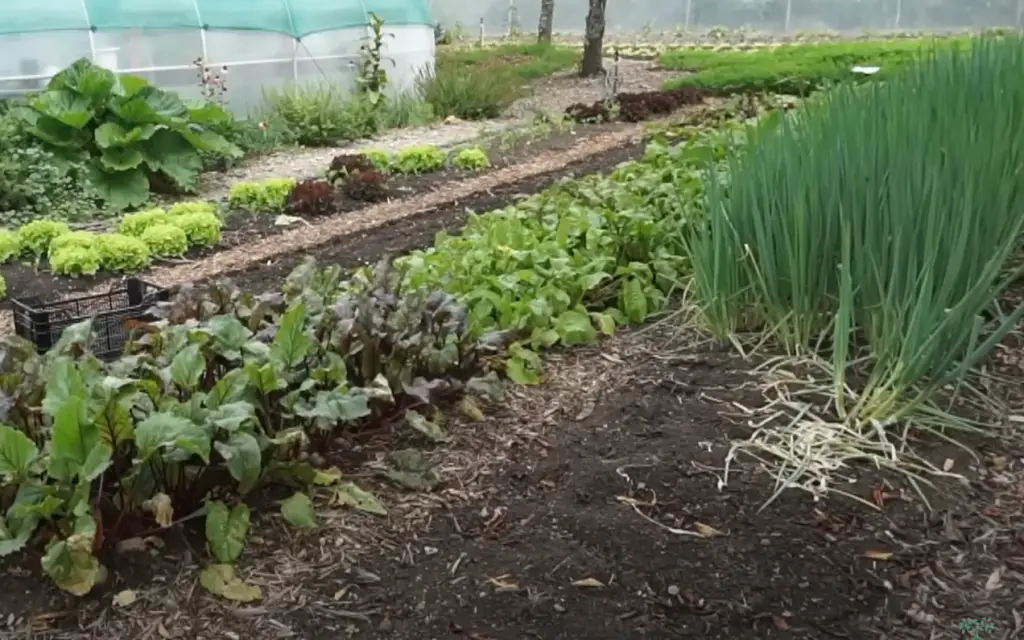
For larger backyards, consider planting multiple varieties of dwarf fruit trees to create an intimate orchard that will yield plenty of delicious fruits year after year. With careful pruning and maintenance, these trees can be kept at a manageable size while still producing an abundance of fruit.
Make Your Own Garden Markers
Making your own garden markers is a fun and easy way to keep track of what’s planted in each area of your homestead garden. All you need are some basic supplies such as wood, paint, and plastic or metal tags. You can then customize the markers with your own designs and words to make them unique for your homestead garden. Not only are these markers great for keeping track of what’s planted, but they can also add a personal touch to your garden.
To make your own garden markers, start by cutting wood into small strips or circles. Then paint them with whatever colors and designs you like. You can even carve words or symbols onto the wood if you want. Once the paint is dry, you can attach metal or plastic tags with the names of your plants. Finally, use a strong adhesive to attach the markers to stakes and place them in the ground next to each plant in your homestead garden. [3]
Use Your Poultry To Fertilize A Plot Before Planting
If you have chickens, guineas, or another type of poultry in your homestead, they can be great sources of natural fertilizer for your garden.
This will provide essential nourishment and help ensure your plants grow healthy and strong throughout the season. To use your poultry to fertilize, simply let them roam and scratch around in a section of the garden for a few days. This will provide an ample amount of fertilizer while also providing your birds with some exercise and entertainment.Use Empty Mint Containers To Store Seeds
If you have a lot of seeds that need to be stored, why not put them in recycled mint containers? Not only will they provide you with easy access to the seeds, but they are also environmentally friendly and look great too. Simply fill each container with a variety of seeds and label them accordingly. This is a great way to keep your garden organized!
Make Your Own Rainwater Barrel System
Adding a rainwater barrel system to your homestead garden is an excellent way to conserve water and keep it within easy reach for use in the garden. This can be done by attaching gutters from the roof of your house or outbuilding to a collection barrel below, where the water will collect and be stored. The collected water can then be used for watering plants, flushing toilets, and other uses as needed.
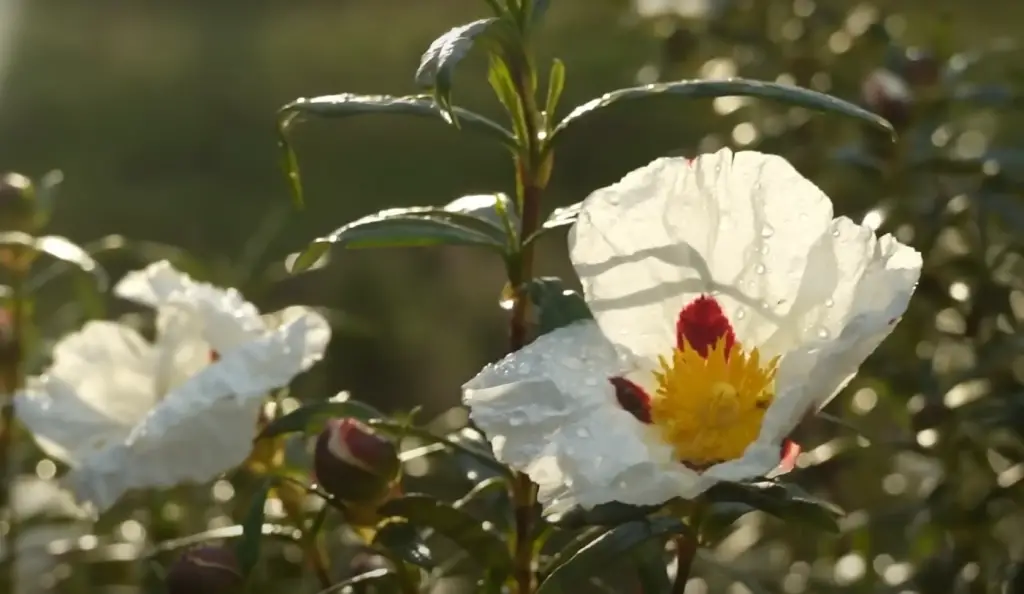
Creating your own rainwater collection system is a relatively simple process that requires only basic supplies like gutters, downspouts, and a barrel. This can be done with minimal investment and can make a difference when it comes to conserving water. [4]
FAQ
How do you build a good garden?
Building a great garden starts with good planning. Before you get started, assess the natural elements of your yard such as sunlight, soil type and drainage. Then decide what plants will work best for your environment and create a plan that puts them in the right locations. Consider factors like companion planting, when certain plants can benefit each other when planted in close proximity and crop rotation. Pay attention to soil health as well – it’s the foundation of a thriving garden! Organic matter like compost can be added to improve nutrition for plants.
What do you call a small garden?
A small garden can be referred to as a homestead garden. Homestead gardens are typically designed for multiple uses, such as growing vegetables, fruits, and herbs, while providing beauty and enjoyment. In addition to plants, homestead gardens often include elements such as poultry or beekeeping houses, fruit trees, raised beds, compost bins, and other structures.
How to make a free garden?
Creating garden doesn’t need to be or complicated. You can create an inexpensive and easy-to-maintain garden with these simple steps:
- Choose a location that has access to plenty of sunlight. This will allow your plants to thrive and make the most of their potential.
- Clear away weeds and other debris that could be clogging up your garden.
- Identify the type of soil you have and amend it as needed to ensure optimal growing conditions.
- Choose a variety of plants that are appropriate for your climate and make sure they’re compatible with each other.
- Plant your desired plants in their respective areas and mulch around them to help retain moisture and prevent weeds from growing.
- Water your plants regularly, use a fertilizer if needed, and prune as necessary for optimum growth.
- Enjoy your garden! With the right planning and care, you can have an attractive and low-maintenance garden that won’t break the bank.
How can we garden for the environment?
Gardening is an excellent way to help the environment. It has the potential to reduce water usage, improve air quality, reduce carbon dioxide emissions, and create habitats for wildlife.
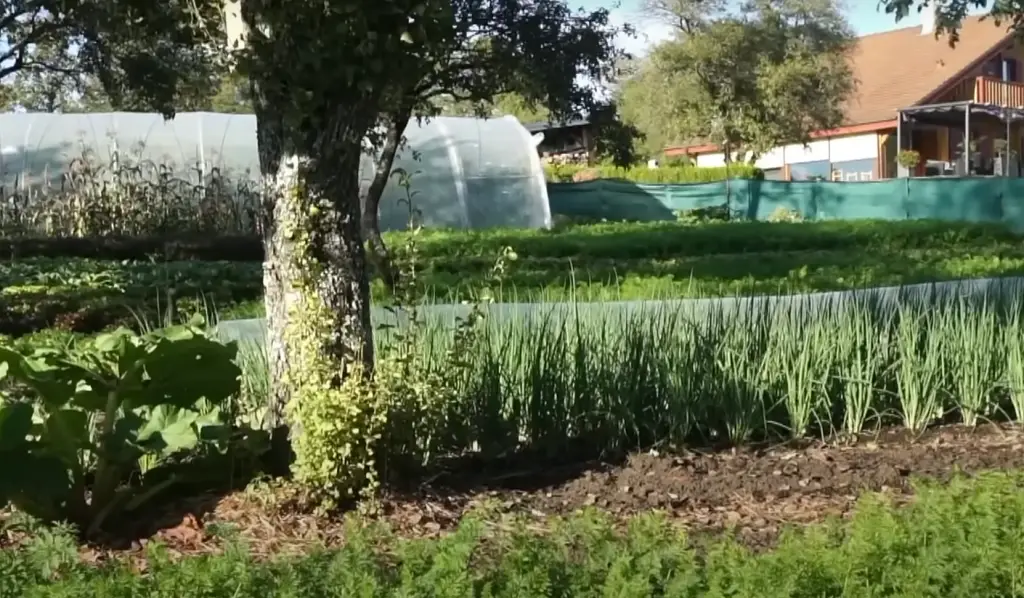
While there are many ways to garden that have a positive environmental impact, here are some of the best homestead garden ideas you can use to make your space more sustainable.
- Incorporate native plants: Native plants are well-adapted to local climates and soils, meaning they require less fertilizer and water than their non-native counterparts. Plus, they provide food and shelter for beneficial insects, birds, and other wildlife.
- Plant trees: Trees help improve air quality by filtering pollutants from the air and providing shade during hot summer months, reducing the amount of energy needed to cool your home. They can also prevent soil erosion and protect plants from strong winds.
- Start a compost bin: Composting is an easy way to reduce your environmental impact by reusing food and other organic materials that would otherwise be thrown away. Compost helps improve soil fertility and reduce the need for chemical fertilizers.
How can I make my plants grow faster?
The best way to make your plants grow faster is to provide them with a healthy and nutrient-rich environment. This means adding compost or other organic matter to the soil, making sure the soil is well aerated, planting in areas that receive plenty of sunlight and keeping the soil consistently moist. Additionally, providing your plants with adequate fertilization can help them reach their full potential, while regular pruning and deadheading of flowers can also help your plants stay healthy.
How do you organize a beautiful garden?
Organizing a beautiful garden can be an intimidating task, but with some planning and creativity you can create a stunning outdoor space that will give you years of enjoyment. The key to creating a successful garden is understanding the basics of design, selecting plants appropriate for your climate, and utilizing the right gardening techniques. When it comes to designing a beautiful garden, it’s important to create a plan that takes into account your climate, the types of plants you want to grow, and the amount of maintenance required for each type. You should also consider the size of your space when coming up with ideas for a garden. If you have limited space in your yard or if you plan to grow a lot of plants, then it’s important to create an efficient layout that will keep your garden organized and make the most of your available space.
What are the qualities of a good garden?
A good garden should be attractive and inviting, contain a variety of plants that provide color and texture, be easy to maintain, and also function as an outdoor living space. To create a beautiful homestead garden, consider integrating the following elements:
- Colorful flowers: Adding pops of color throughout your garden will make it more vibrant and inviting.
- Edible plants: Include a variety of fruits and vegetables that you can harvest for fresh produce.
- Pathways and seating areas: Make sure to provide paths for people to walk around your garden, as well as comfortable seating areas where they can take in the beauty of the plants and flowers.
How do you set up a garden bed?
Setting up a garden bed can be an easy task with the right preparation. Before you start, it’s important to make sure your soil is rich and healthy. Start by removing any existing grass or weeds from the area, then till the soil to get it ready for planting. Once you have the soil prepped, create a raised bed by constructing a frame from wood or other sturdy materials.
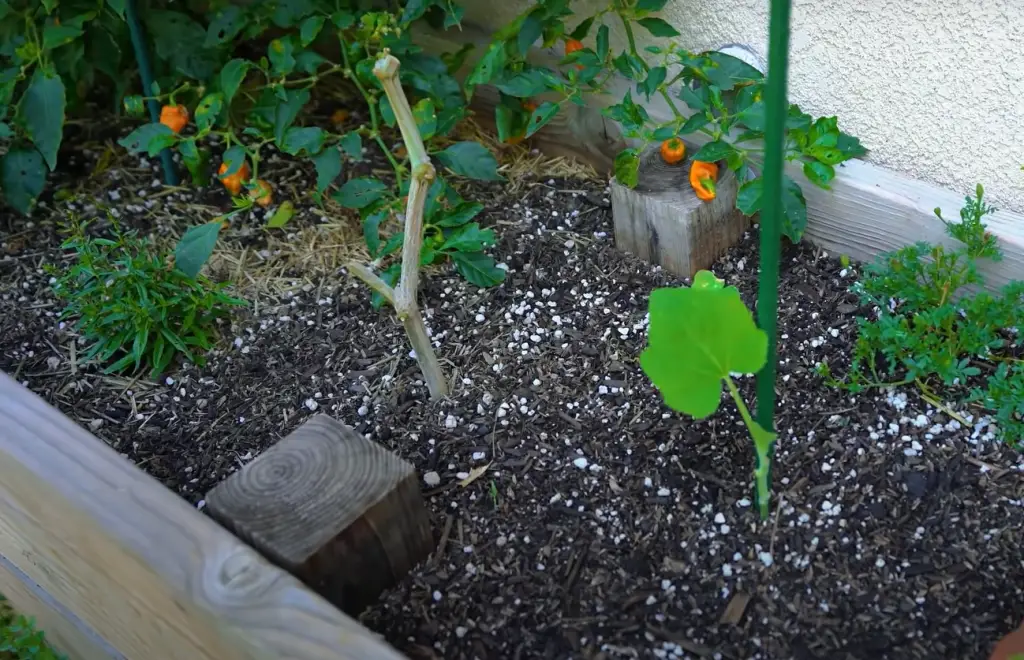
For optimal drainage, line the bottom of the bed with gravel or stones. Fill the bed with a rich, organic soil blend and you’re ready to plant! To make sure your garden stays healthy, be sure to regularly water, fertilize, and weed the bed.
How do you decorate a small garden?
Decorating a small garden can be quite challenging, as you have limited space and have to think creatively to make it look beautiful. Here are a few ideas for decorating a small garden to make it look inviting and inviting. First, consider adding some colorful plants like flowers, shrubs, and trees to create a vibrant atmosphere. Second, use decorative garden accessories such as sculptures, bird baths, fountains, or furniture pieces to create a focal point in the garden. Third, add some lighting elements like string lights or garden torches to create an ambient atmosphere in the garden. Finally, add some seating areas such as benches or chairs to make it more comfortable for guests to visit the garden.
Useful Video: How to Design An Effective Homestead Garden
Conclusion
Homestead gardens are a great way to increase your family’s self-sufficiency and produce healthy, organic food. With careful planning and creative ideas, you can create a beautiful and productive homestead garden that will help your family save money and provide nutritious fruits, vegetables, herbs and other homegrown ingredients for years to come. Whether you have a small yard or acres of land, there are plenty of ways to make the most out of your homestead garden. From raised beds, vertical gardening and trellises to companion planting, mulching and more, there are plenty of creative ideas to help you make the most out of your space.
References:
- https://www.almanac.com/garden-plans-homesteads-and-small-farms
- https://grocycle.com/backyard-homestead-ideas/
- https://www.theseasonalhomestead.com/quarter-acre-garden-plans-2020/
- https://www.newlifeonahomestead.com/70-gardening-homesteading-hacks-will-blow-away/





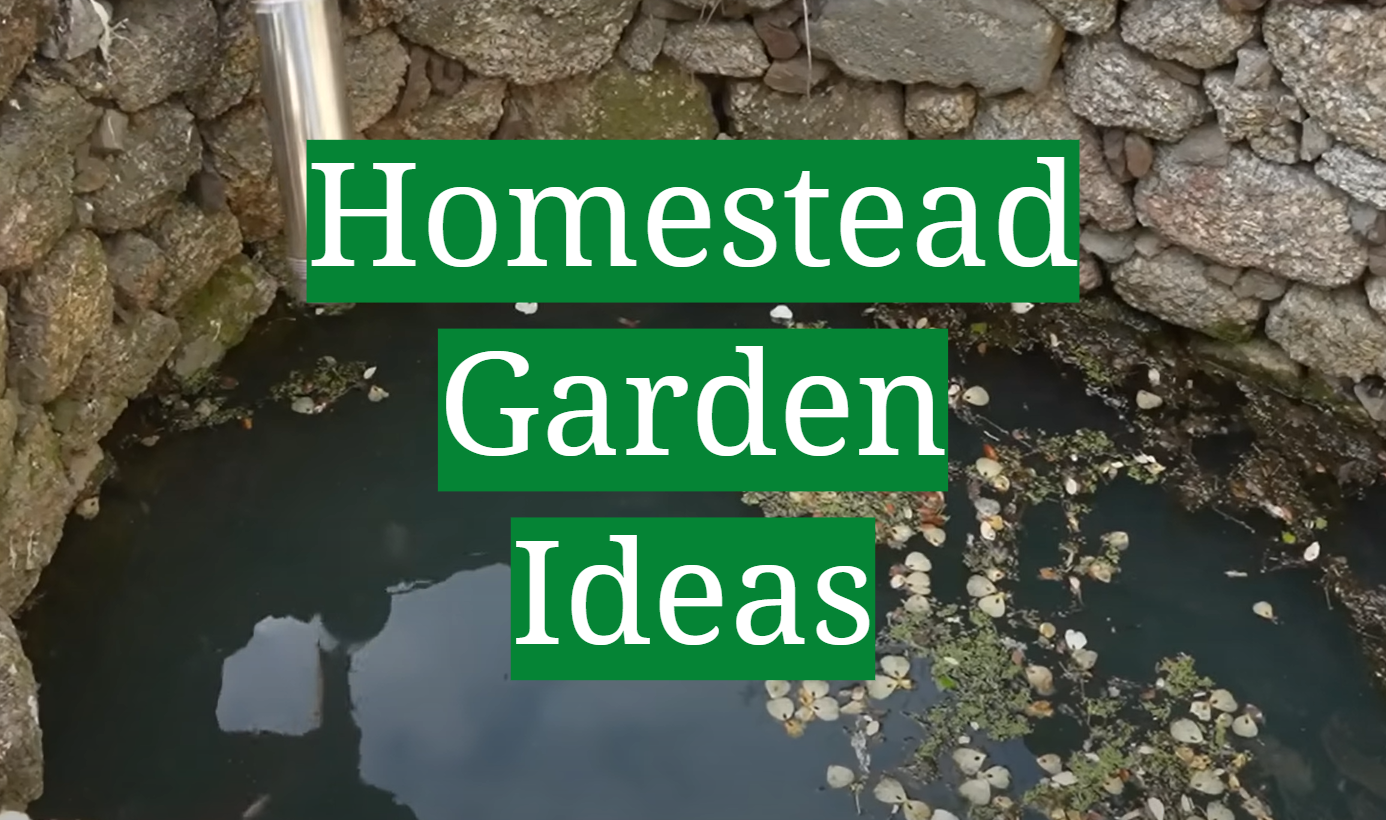




Leave a Reply
View Comments